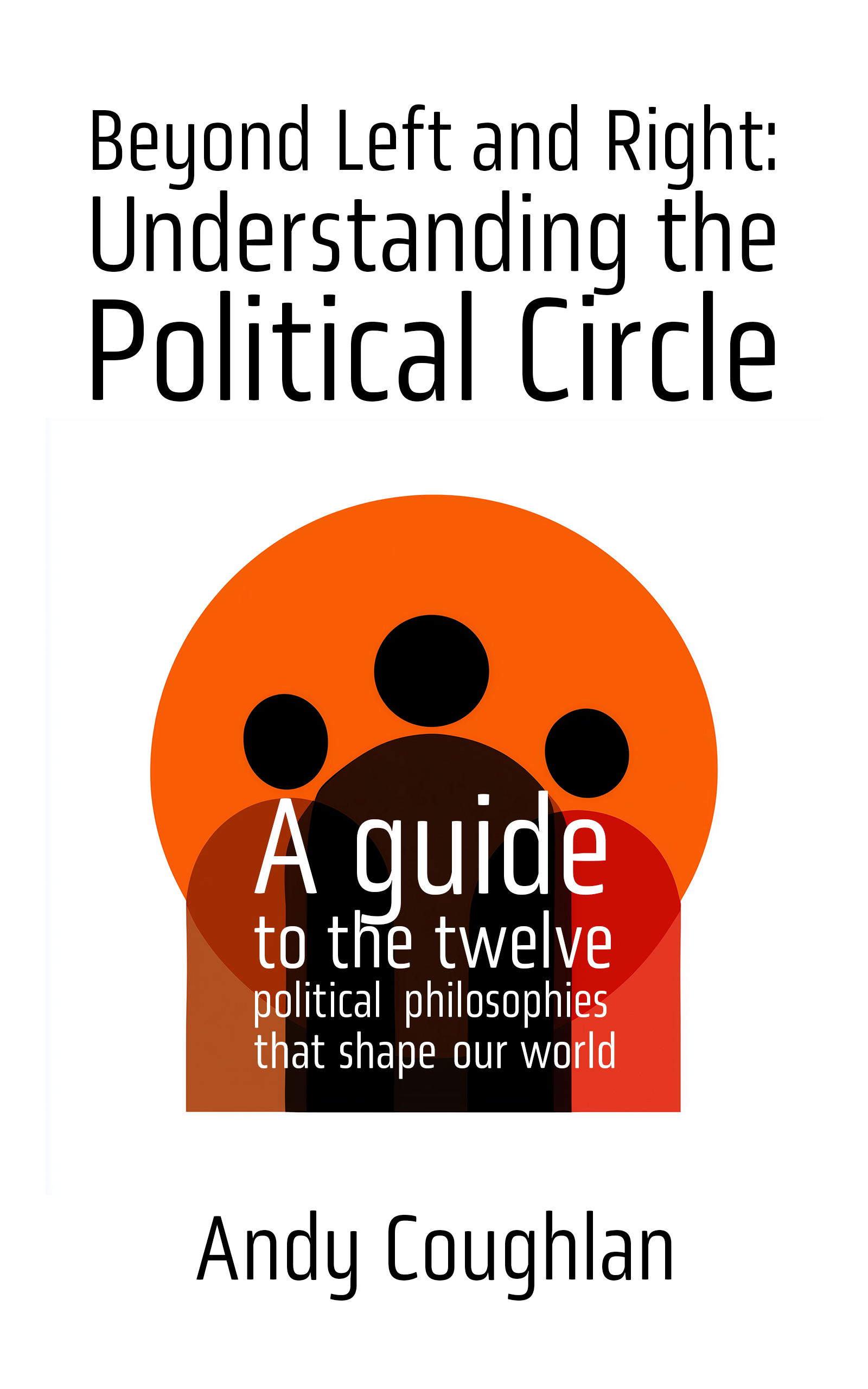
"The state should set direction and keep things orderly — coordination matters"
At 10 o'clock, you want the state to set direction and keep things orderly, especially where coordination matters. You favour national plans and clear responsibilities. Well-run services and standards beat a patchwork of local experiments. You're comfortable with decisive government to deliver collective goals.
Firm rules, national programmes and accountability keep society on course. You believe that leaving things to markets or local variation creates chaos and unfairness. Strong central direction ensures everyone gets what they need and that systems work coherently together.
Your position at 10 o'clock tells us your direction, but how far you are from the centre tells us the strength of your convictions. The Political Circle recognises three levels:
"National coordination helps—but allow some flexibility"
Close to centre, you favour coordination and standards but remain pragmatic. You want national frameworks for health, education, infrastructure—but you'll accept local variation and some market involvement where appropriate. Central planning prevents chaos, but rigid top-down control can stifle innovation. Balance coordination with flexibility.
Historical example: Technocratic governments balancing national coordination with practical flexibility.
"Strong state direction delivers fairness and efficiency"
At medium distance, you have clear convictions about central planning. National standards, coordinated programmes, clear hierarchies—these deliver better outcomes than market chaos or local fragmentation. Strategic state direction ensures resources go where needed. Public services should be nationally run with strong accountability. Markets and localism create inefficiency and inequality.
Historical example: Post-war planners who built comprehensive national systems for health, education and infrastructure.
"Central planning for all major economic decisions"
Far from centre, comprehensive state planning is necessary. Markets are anarchic; local variation is wasteful. You want centralised control of major industries, national economic planning, uniform standards everywhere. The state should direct investment, production and distribution according to social need, not profit. Strong leadership and clear hierarchies deliver progress; markets deliver chaos.
Historical example: Advocates of comprehensive central economic planning and state direction.
Philosopher of the general will
Rousseau's "The Social Contract" proposed that legitimate authority comes from the collective "general will" — not individual preferences but what's good for all. His vision of civic virtue, popular sovereignty and common purpose defines 10 o'clock thinking about collective decision-making.
32nd US President
FDR's New Deal responded to the Great Depression with massive federal programmes: Social Security, public works, regulation of finance and labour protections. His belief that government must actively organise society for common prosperity exemplifies 10 o'clock interventionism.
First Prime Minister of India
Nehru built modern India through central planning, state-led industrialisation and secular nationalism. His five-year plans, public sector emphasis and belief in technocratic expertise to modernise society embody 10 o'clock development strategy.
Fabian socialists and social reformers
The Webbs championed gradual, systematic reform through expert-led government. They founded the London School of Economics and advocated rational administration, national minimum standards and collectivist solutions. Their technocratic socialism defines 10 o'clock faith in organised expertise.
36th US President
Johnson's Great Society programmes created Medicare, Medicaid, civil rights legislation and the War on Poverty. His belief that federal government should actively shape society for common good and his willingness to use central power decisively typify 10 o'clock governance.

The new book, 'Beyond Left and Right: Understanding the Political Circle' is now available on Amazon.
Containing a wealth of information, the book explores all of the 12 philosophical positions with detailed analysis on each of the three levels.